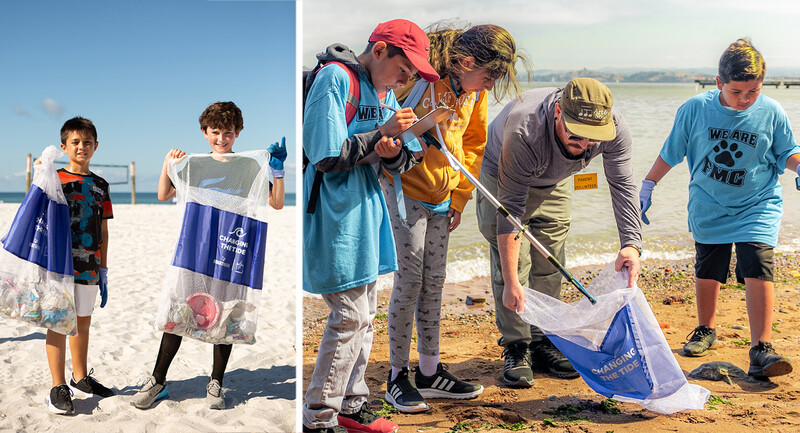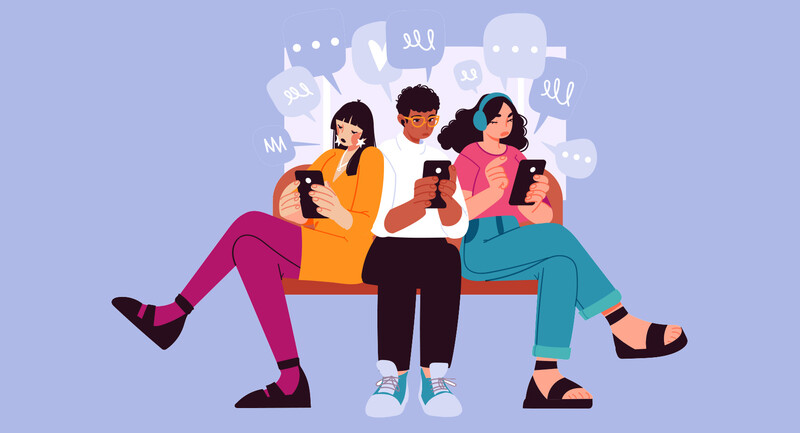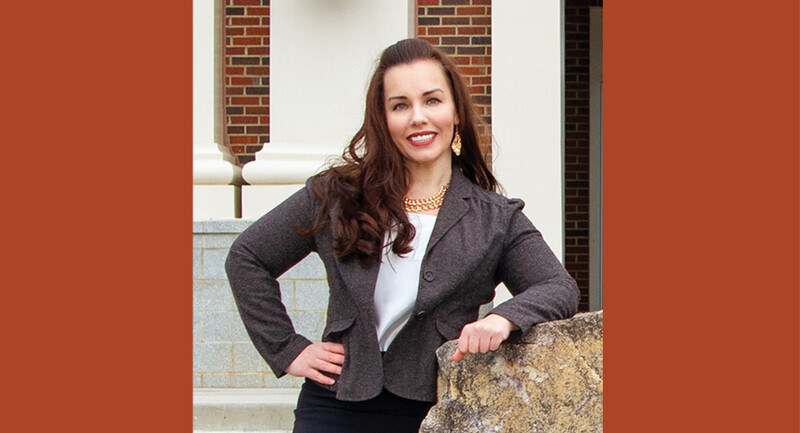As a high school math teacher, I have experienced my share of disengaged students. Teachers from all grade levels and disciplines assure me that I'm not alone. In 2015, just half of students reported feeling engaged in school (Gallup, 2015). Students' disconnection from their education has potential long-term effects, such as limiting entrance to higher-level coursework, harming future employment opportunities, and contributing to high school dropout (Wang & Fredericks, 2014).
To boost motivation and participation, two colleagues and I resolved to transform a senior-level elective math class over one academic year, with student empowerment results beyond our expectations. Though we used these strategies in math, any teacher can use them to reshape student agency.
Establish a Professional Learning Community
Creating empowered classrooms arose from our collaboration in a math professional learning community (PLC). Supportive teacher-to-teacher relationships are a key component for enabling students. It is important for teachers to collaboratively investigate new teaching methods and equally important for administrators to be open to what teachers offer. Empowered teachers lead to empowered students.
We established mutual trust in our PLC, sitting in each other's classrooms to observe students and instruction. By the second semester, we actively led one another's classes from time to time, presenting on Archimedes or the mathematics of origami. By getting to know each other's students, we took collective responsibility for their learning. We prioritized honest reflection and became invested in one another's experiences. One teacher described how gratifying our collaboration was because we exchanged ideas, not worksheets.
Talk to Build Trust
We set the stage for significant change by establishing a foundation of caring. Consulting in the hall with a student who is having a hard day might show you care, but it's not enough. Our previous classes adhered to more rigid lesson plans, where off-the-cuff conversations were cut short to prioritize content.
We shifted to intentionally engage in whole-class discussions, strengthening our relationships with students through dialogue that wasn't limited to math. Some of the best conversations arose organically in response to school announcements or current events that concerned students. One such conversation about a student walkout took an entire class period. Students expressed their feelings and opposing views as they discussed the role of schools in the gun debate. One teacher in our group positioned desks in a circle to facilitate conversation. Another explained her expectation that all students contribute to the dialogue. This developed students' confidence, which transferred to conversations on content.
The benefits are multifold. First, emphasizing the value of students' contributions makes them greater stakeholders in class operations. When students saw that we cared about what they thought, they were more likely to become involved. Second, students learn to listen to one another rather than just the teacher. Third, conversations serve as windows into our students' lives. Knowing our students well—from what they did on the weekend to problems in their after-school job—allowed us to teach math that was relatable to their lives. We contextualized math content using what we learned through these conversations.
Implement Peer Feedback and Self-Reflection
We implemented student peer feedback in every unit, which guided students to take greater responsibility for their performance. Students critiqued their classmates' work using a "Two Stars and a Wish" format, writing two comments about what they liked and one comment on an area of improvement. To boost the feedback's effectiveness, we shared critique examples and asked students to judge their usefulness. They identified that qualities such as specificity, alternative suggestions, and thoughtful questioning could elevate the work.
Students also engaged in self-reflection on their projects, using a Process strand and a Product strand. For example, in pairs, they researched how fractals are advancing research in ecology and medicine and assembled a website with the information, which was circulated to classmates and faculty for feedback. Students rated themselves on specific prompts related to the life skills they employed to work together, what they discovered about themselves as learners, what they might do differently next time, and their awareness of group strengths and domains in need of focus. By coding feedback from peers, students could weigh their self-assessments against observations from others. We provided time for students to return to these documents during future projects.
Include Students in Pedagogical Planning
Our greatest shift to student empowerment came when we asked students to critique instruction. Students told us what they did and did not like about projects through questions on Google forms: How could we make this project more meaningful for students? What should teachers do differently and why? As a PLC, we looked for commonalities. One project needed greater connection to the real world. Another was too loosely structured; students wanted more progress checkpoints. We adjusted future projects to reflect these needs, then shared every change and its rationale with our classes. As students became part of the project design process, investment in their own learning increased.
Our roles evolved from instructors to facilitators, giving us incentive to take more risks. For one, we invited students to help us develop a new grading rubric. In groups of three or four, they listed on sticky notes their desired assessment components and attached these to Process, Product, or Presentation categories on the board. Overwhelmingly, students wanted to be evaluated on creativity, organization, effort, aesthetics, and whether they participated each day. Notes with words like "knowledge" and "depth of research" were in the minority. Though teachers and students didn't always agree, we put many of their suggestions into the mix.
Beyond the Classroom
It was a lot of work to widen our perspectives on how to give students broader reign. But as one student said, "I actually like math now. I can't believe I'm saying that." One teacher declared that he was a better teacher in his other classes as a direct result of partnering with his students.
Change challenges previous routines and needs space and time to take root. We teachers fluctuated in our bursts of creativity, alternately leading and leaning on each other. Finding time to collaborate was challenging when we didn't have common prep periods. Sometimes, the pull to revert to a textbook and "traditional" teaching was hard to resist—it would have been easier in some ways. Part of what made our experiment possible was that this senior-level class wasn't tied to a standardized curriculum, which gave us more freedom. Fixed content that adheres to a calendar schedule can stifle inventive expression. We must carefully weigh the impact of standardization on opportunities for student empowerment.
We also had the backing of our school and district administrators, who allowed us to drive our own professional learning just as we empowered our students. Supporting teachers in taking risks like this one opens spaces for teachers to welcome students as collaborators in the classroom.







